EducationWorld India School Rankings 2012
Conducted by the premier market research and polling company C fore, Delhi, the EducationWorld India School Rankings 2012 ranks over 400 of the country’s most well-known primary-secondaries on the basis of perceptual ratings awarded by a carefully constituted sample respondents base of 3,070 parents, principals, teachers and educationists across 14 parameters of excellence. Dilip Thakore reports
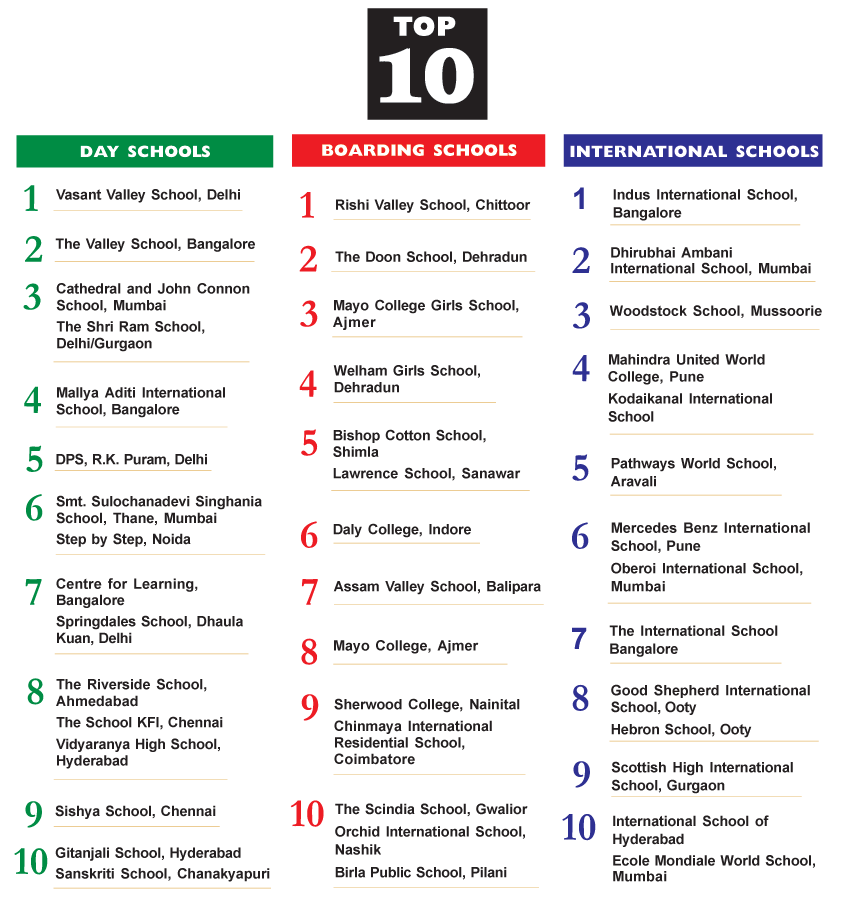
While economists, Central planners and other stalwarts of India’s intelligentsia argue in favour of agriculture and industrial productivity, managing inflation and fiscal deficits, cutting red tape and/or reforming the electoral system, inEducationWorld we are steadfast in our belief that the salvation and renaissance of 21st century India is dependent upon successful nurturance and development of the country’s abundant human resource endowment. Currently, the child and youth population of the nation aggregates 550 million, of whom 175 million are below 14 years of age. Unfortunately post-independence India’s purblind political class in Delhi and state capitals refuses to learn from the example of the world’s most developed nations where annual expenditure on education is 6-7 percent of GDP (gross domestic product). Which is why they are members of the OECD (Organisation for Economic Co-operation and Development) club of rich nations, and 65 years on, India isn’t.
Apart from consistently highlighting the skewed development priorities of government and India’s Soviet-style Planning Commission, since 2007 this sui generis publication promoted with the mission statement to “build the pressure of public opinion to make education the No.1 item on the national agenda”, has been publishing annual league tables of India’s most respected day, legacy boarding and new genre international schools, rating and ranking them on several parameters. Moreover, driven by the belief that foundational K-12 education is of prime importance for developing India’s high-potential human resource, since 2010 we have been rating and ranking preschools in six cities countrywide as well.
The objective of rating and ranking primary-secondary schools (and preschools) across a broad range of 14 parameters is to drive home the message to educators and parents that there’s more to education than academic achievement and excellence. We believe that teacher and parent communities need to be disabused of the notion that the purpose of K-12 education is academic attainment and success in board examinations. Therefore it’s a cause for satisfaction to us that over the past quinquennium since the Education-World India school ranking league tables were introduced, there is an emerging consensus that although academic performance in school-leaving board examinations is of critical importance because it determines admission into the country’s small minority of best undergraduate colleges, school managements, teachers and parents also need to focus on development activities such as sports and life-skills education, teacher development and community service, to produce well-rounded students equipped to succeed in higher education and workplaces beyond academic ivory towers.
Yet even as we expect schools to strive to improve their rankings year on year by improving ratings on each parameter, on our part as well there is continuous effort to improve the rating and ranking methodology. Thus while in the first such exercise in 2007, all schools were rated and ranked against each other resulting in apples and oranges being compared, since 2008 schools have been divided into day, traditional or legacy boarding and new genre international schools affiliated with offshore examination boards.
Moreover, with each passing year the number of parameters on which schools are assessed are refined and increased on the basis of expert opinion to enable respondents in the nationwide polling exercise to assess and rank schools more accurately. In 2011, assessment parameters were increased from 12 to 14. Simultaneously, the countrywide base of respondents comprising parents, teachers, principals and educationists has been steadily increased to 3,000-plus for this year’s poll. Furthermore, to depict the nature of the survey more exactly, the nomenclature of the league tables has been changed to EducationWorld India School Rankings 2012.
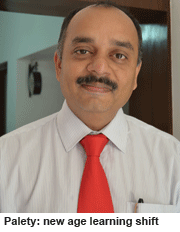 As in the past five years, this year’s larger and improved field survey of India’s top 443 primary-secondary schools has been conducted by the Delhi-based Centre for Forecasting & Research Pvt. Ltd (C fore, estb. 2000), a market research company which annually rates and ranks B-schools for CNBC TV 18, and has been actively associated with the rankings of educational institutions for the past 14 years. According to Premchand Palety, an alumnus of Punjab Engineering College and Delhi’s Fore School of Management and the founder-chief executive of C fore, this year 195 C fore field surveyors interviewed a larger sample of 3,070 SECA (socio-economic category A) parents, teachers, principals and educationists in 21 cities and education hubs (Delhi, Mumbai, Chennai, Kolkata, Bangalore, Hyderabad, Pune, Vadodara, Ahmedabad, Chandigarh, Lucknow, Indore, Jamshedpur, Darjeeling, Shillong, Kochi, Gurgaon, Noida, Faridabad, Ghaziabad and Dehradun) across the country asking them to rate schools within their geographical regions (north, south, east and west) on a ten-point scale against 13 parameters and a 20-point scale for the vitally important parameter of ‘competence of faculty’. Low-profile schools assessed by less than 25 sample respondents have not been ranked.
As in the past five years, this year’s larger and improved field survey of India’s top 443 primary-secondary schools has been conducted by the Delhi-based Centre for Forecasting & Research Pvt. Ltd (C fore, estb. 2000), a market research company which annually rates and ranks B-schools for CNBC TV 18, and has been actively associated with the rankings of educational institutions for the past 14 years. According to Premchand Palety, an alumnus of Punjab Engineering College and Delhi’s Fore School of Management and the founder-chief executive of C fore, this year 195 C fore field surveyors interviewed a larger sample of 3,070 SECA (socio-economic category A) parents, teachers, principals and educationists in 21 cities and education hubs (Delhi, Mumbai, Chennai, Kolkata, Bangalore, Hyderabad, Pune, Vadodara, Ahmedabad, Chandigarh, Lucknow, Indore, Jamshedpur, Darjeeling, Shillong, Kochi, Gurgaon, Noida, Faridabad, Ghaziabad and Dehradun) across the country asking them to rate schools within their geographical regions (north, south, east and west) on a ten-point scale against 13 parameters and a 20-point scale for the vitally important parameter of ‘competence of faculty’. Low-profile schools assessed by less than 25 sample respondents have not been ranked.
This year the assessment parameters are the same as last year, except that ‘quality of alumni’ has been replaced with ‘internationalism’, to impact the importance of promoting a broad-minded internationalism among students in an incrementally globalising world. Including this singular change, this year the parameters of assessment are: teacher welfare and development; competence of faculty; academic reputation; co-curricular education; sports education; life-skills and conflict management; individual attention to students (teacher-pupil ratio); leadership/management quality; parental involvement in school activities; infrastructure provision; internationalism; special needs education; value for money and community service.
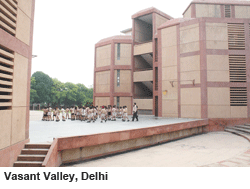 This year’s league tables also do away with the regional rankings of yesteryear and replaces them with state and city rankings. The rationale for this change is that in subcontinental India, regions (north, south, east, west) tend to be very large and local conditions within them vary too widely to afford a basis of comparison. Rating and ranking schools within India’s 29 states — some of whom are equivalent to European countries in terms of size and population — makes more sense, while in the case of day schools, city-based comparisons are more logical as parents aren’t likely to send children to day schools beyond municipal limits.
This year’s league tables also do away with the regional rankings of yesteryear and replaces them with state and city rankings. The rationale for this change is that in subcontinental India, regions (north, south, east, west) tend to be very large and local conditions within them vary too widely to afford a basis of comparison. Rating and ranking schools within India’s 29 states — some of whom are equivalent to European countries in terms of size and population — makes more sense, while in the case of day schools, city-based comparisons are more logical as parents aren’t likely to send children to day schools beyond municipal limits.
Since EducationWorld ventured into uncharted territory and began assessing primary-secondary schools, public expectations have changed. The widely prevalent practice of judging schools by the academic performance of their students in board exams has been tempered by evaluation of other liberal parameters of excellence, and cram schools are gradually becoming unfashionable. “During the past few years, there’s been growing appreciation of schools which offer students new pedagogies such as experiential, collaborative and peer learning. Within parent and teacher communities, there’s new awareness that school education should be an engaging, joyful and life skills development experience for children. Therefore, so-called alternative schools which profess holistic, new pedagogies have become more popular and have moved up the tables,” says Palety.
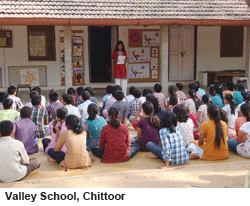 The churn in the league tables this year supports Palety’s analysis that innovative schools experimenting with new pedagogies and involved with their ecologies and local communities are the new favourites of informed sample respondents of the Education-World-C fore India School Rankings 2012. In the pan-India day schools league table, Vasant Valley School, Delhi which is heavily into collaborative and peer learning is the new national No. 1, followed by The Valley School, Bangalore which subscribes to the liberal education tenets of the late sage and savant J.D. Krishnamurti (1895-1986). Moreover, the tiny (80 students) Centre for Learning, Bangalore — a self-styled alternative school — and The School, Krishnamurti Foundation Institute (KFI), Chennai have also zoomed up the league table to be ranked among the Top 10.
The churn in the league tables this year supports Palety’s analysis that innovative schools experimenting with new pedagogies and involved with their ecologies and local communities are the new favourites of informed sample respondents of the Education-World-C fore India School Rankings 2012. In the pan-India day schools league table, Vasant Valley School, Delhi which is heavily into collaborative and peer learning is the new national No. 1, followed by The Valley School, Bangalore which subscribes to the liberal education tenets of the late sage and savant J.D. Krishnamurti (1895-1986). Moreover, the tiny (80 students) Centre for Learning, Bangalore — a self-styled alternative school — and The School, Krishnamurti Foundation Institute (KFI), Chennai have also zoomed up the league table to be ranked among the Top 10.
Likewise, among traditional/legacy boarding schools Rishi Valley School, Chittoor, nationally reputed for its ecology and community service curriculum has retained last year’s top-spot ranking. And among international schools, Indus International, Bangalore which is highly committed to community service — the management has constructed a parallel free school for poor neighbourhood children to whom it offers the international IB primary and mid-years English language curriculum — and invests heavily in teacher development and welfare, has emerged as the new No. 1.
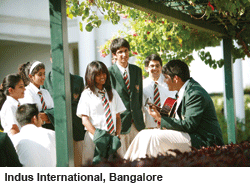 Detailed national, state, and city rankings are presented in the following pages. Also included are the rating scores and rankings of Top 10 schools nationwide under each of the 14 parameters of primary-secondary education excellence. Principals, parents and teachers should note that while each section of this massive annual rating and ranking exercise of India’s most respected 443 schools includes a commentary, it’s a summary rather than detailed elaboration of the league tables. The wealth of data represented by the league tables can — and should — be profitably mined by school managements to assess the perceived strengths and weaknesses of India’s most respected schools included in the EW India School Rankings 2012.
Detailed national, state, and city rankings are presented in the following pages. Also included are the rating scores and rankings of Top 10 schools nationwide under each of the 14 parameters of primary-secondary education excellence. Principals, parents and teachers should note that while each section of this massive annual rating and ranking exercise of India’s most respected 443 schools includes a commentary, it’s a summary rather than detailed elaboration of the league tables. The wealth of data represented by the league tables can — and should — be profitably mined by school managements to assess the perceived strengths and weaknesses of India’s most respected schools included in the EW India School Rankings 2012.
To read the full story and tables go to





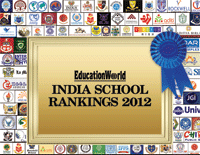
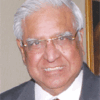










Add comment